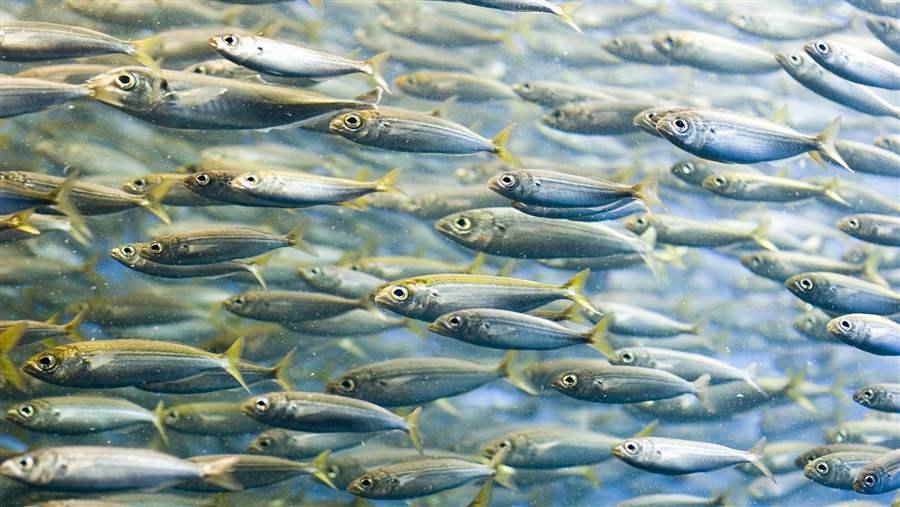Time for Oregon to Protect Forage Fish
 © Rita Maassen
© Rita MaassenThis opinion piece was originally published by the Statesman Journal on October 8, 2014.
Take a trip to the Oregon coast and you’re likely to be struck by the immensity of the world around you: Huge breaching whales visible on the horizon, a hulking salmon or tuna at the end of a fishing line, vast flocks of seabirds such as sooty shearwaters skimming the ocean’s surface.
But chances are you don’t give much thought to the little fish that make all of this possible.
Fortunately, Oregon may soon join our coastal neighbors, Washington and California, in establishing new protections for the small prey that sustain a healthy Pacific Ocean.
Forage fish such as sand lance, saury and lanternfish may be unfamiliar to most of us, but they occupy a critical space in the middle of the ocean food web. They eat microscopic plants and animals, called plankton, and in turn become a critical food source — or forage — for whales, seabirds and bigger fish.
The Oregon Fish and Wildlife Commission will give some well-deserved attention to the small fish when it meets Oct. 10 in Central Point. The meeting will include an update from state fishery biologists, who will soon begin work on a proactive plan to protect and conserve Oregon’s forage fish. Although many forage species are not currently managed or targeted for fishing on the West Coast, precaution makes good sense: Around the world, demand for forage fish for industrial purposes such as pet food, commercial bait, and feed for livestock and farmed fish is dramatically increasing.
The Oregon commissioners’ discussion is timely. Last month, the federal Pacific Fishery Management Council, with strong leadership from our state’s representatives, took a big step forward to establish basic conservation measures for dozens of forage fish species that aren’t yet being fished on the West Coast. However, the council’s action doesn’t affect state waters within three miles of Oregon’s shore — which is why complementary action at the state level is so important.
A healthy marine ecosystem is not only a cultural and natural legacy worth protecting on its own merits; it’s also a tremendous economic asset for Oregon. In a proclamation just last month for National Estuaries Week, Gov. John Kitzhaber noted that saltwater commercial and recreational fishing alone generates almost $600 million annually in our state. And that doesn’t take into account the benefits from birding and whale watching, both of which depend on a healthy population of forage fish.
With conservation policies in place in California and Washington, Oregon represents the last piece of the puzzle to protect this key part of the marine food web along the West Coast. State action is a smart, forward-looking move that will benefit Oregon’s salmon, whales, and seabirds, as well as our fishing and coastal communities, for generations to come.
Paul Shively manages Pacific Ocean conservation efforts for The Pew Charitable Trusts. He lives in Portland.
View this opinion piece in the Statesman Journal.






